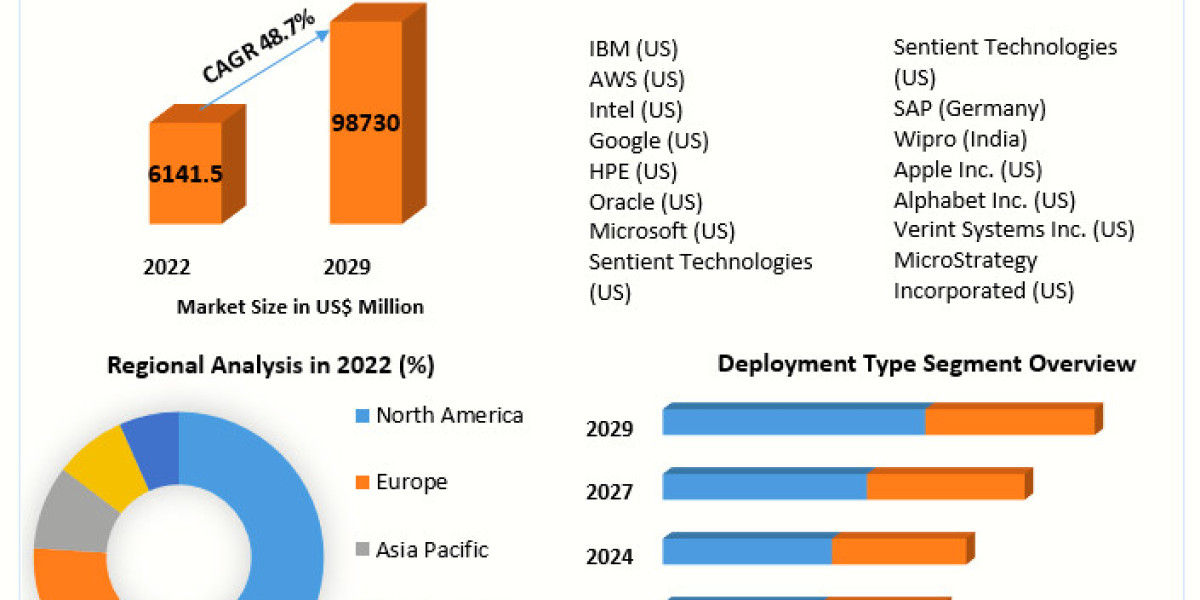The Capability Maturity Model Integration (CMMI) is a framework that helps organizations improve their processes and achieve higher levels of maturity in various areas such as software development, systems engineering, project management, and organizational processes. CMMI provides a structured approach for assessing and improving process capability and performance, enabling organizations to enhance quality, reduce risks, and achieve business objectives more effectively.
The CMMI framework consists of five maturity levels, each representing a progressively higher level of process maturity and capability. Here's an overview of the CMMI maturity levels:
Initial (Level 1):
Organizations at this level typically have ad hoc and chaotic processes characterized by unpredictable performance.
Processes are often undocumented, poorly defined, and reactive in nature.
Success depends heavily on individual skills and heroics rather than standardized processes.
Managed (Level 2):
Organizations at this level have implemented basic project management practices to achieve control over their processes.
Processes are documented, repeatable, and standardized to some extent, enabling consistent project delivery.
Management focuses on establishing baseline performance metrics, tracking project progress, and addressing deviations from plans.
Defined (Level 3):
Organizations at this level have established a defined and institutionalized set of processes across the organization.
Processes are well-documented, standardized, and integrated into the organization's business processes.
There is a focus on process optimization, continuous improvement, and proactive management of risks and opportunities.
Quantitatively Managed (Level 4):
Organizations at this level use quantitative techniques to manage and control their processes.
Process performance metrics are collected and analyzed systematically to identify trends, predict future performance, and make data-driven decisions.
There is an emphasis on setting quantitative objectives, measuring process performance against these objectives, and taking corrective actions as necessary.
Optimizing (Level 5):
Organizations at this level continuously improve their processes based on quantitative feedback and organizational goals.
There is a culture of innovation, experimentation, and learning from both successes and failures.
Process improvement is ingrained in the organization's DNA, with a focus on achieving excellence, innovation, and competitive advantage.
Achieving higher maturity levels in the CMMI framework requires a systematic approach to process improvement, including documentation, training, measurement, analysis, and continual refinement. Organizations can use CMMI as a roadmap for improving their processes, enhancing performance, and achieving their business objectives.








